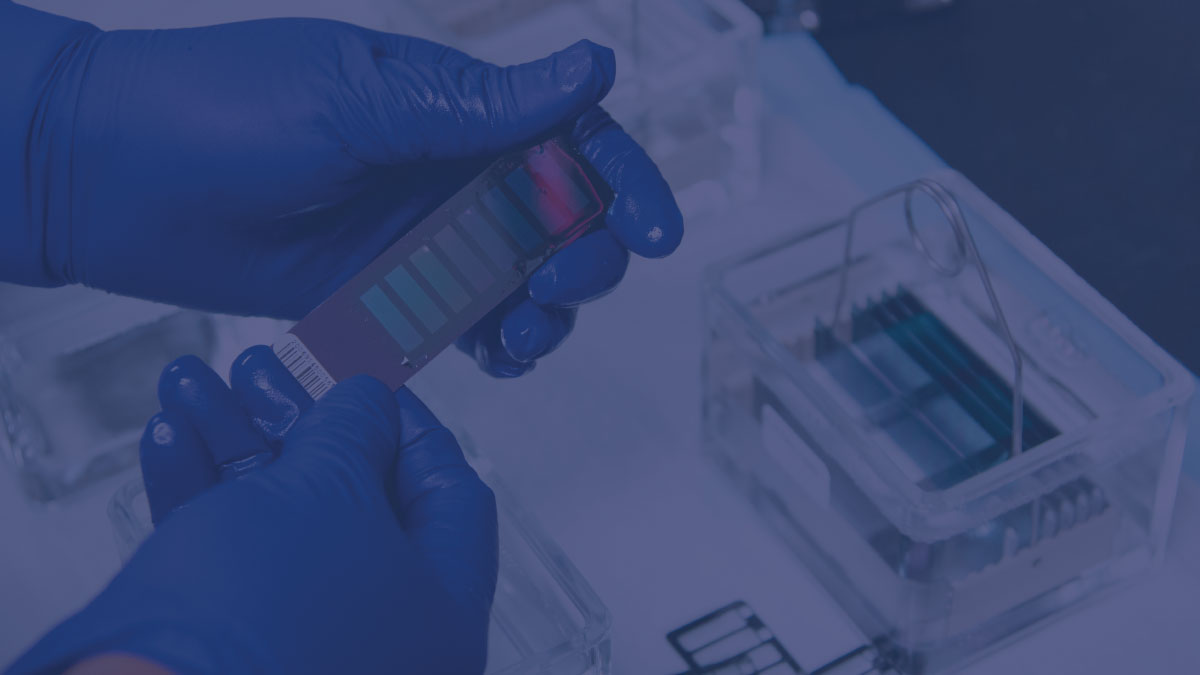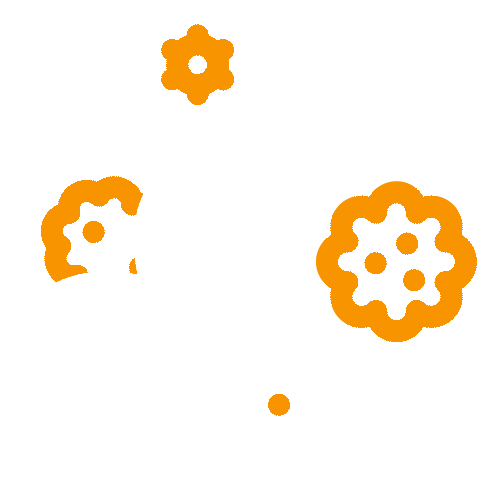Service Ecosystem
Preclinical StudiesAccording to GLP guiidelines, toxicokinetic analyses are carried out on the most appropriate animal models.
Acute oral systemic toxicity
Balb/C 3T3 neutral red uptakeAnalytical Method Development.
Send request

Bacterial Tests in vitro
Bacterial mutation assay; Photogenotoxicity - Ames Test;
Send request

Cardiac safety
Impact on hERG potassium channel activity by patch-clamp technique.
Measure of ECG, primary (heart rate, blood pressure) and advanced (including stroke volume, cardiac output, total peripheral resistance and regional blood flows) hemodynamic parameters on anaesthetized dog, monkeys and rodents;
Effect on cardiovascular function in conscious dog, minipig and monkey using telemetry combined with assessment of effect on the autonomic nervous system (HFAM model) and modelization of hemodynamic effect (stroke volume, cardiac output, total peripheral resistance).
Send request

Cytotoxicity
Test by direct or indirect contact in clone 929, Balb/C 3T3, V79.
Send request

General Toxicology in Cynomolgus monkey
Dose range finding study and repeated dose toxicity (up to 52 weeks). Administration routes: oral gavage, intravenous by bolus or continuous infusion (up to 4 weeks), subcutaneous, ocular and intramuscular.
Send request

General Toxicology in dogs
Dose range finding study and repeated dose toxicity (up to 52 weeks). Administration routes: oral gavage, capsules, diet, intravenous by bolus or continuous infusion (up to 13 weeks), subcutaneous, dermal, ocular, intramuscular, intranasal and intraperitoneal (at an appropriate dose regimen).
Send request

General Toxicology in marmosets
Dose range finding study and repeated dose toxicity (up to 39 weeks). Administration routes: oral gavage, intravenous by bolus or continuous infusion (up to 8 weeks), subcutaneous, ocular and intramuscular.
Send request

General Toxicology in mice
Single dose and dose range finding and repeated dose toxicity (up to 52 weeks). Administration routes: oral, intravenous (up to 4 weeks), subcutaneous, intramuscular (up to 4 weeks) and intraperitoneal (at an appropriate dose regimen).
Send request

General Toxicology in minipigs
Dose range finding study and repeated dose toxicity (up to 39 weeks). Administration routes: oral gavage, capsules, intravenous, subcutaneous, dermal, ocular, intramuscular, intradermal and intra-articular (at an appropriate dose regimen).
Send request

General Toxicology in rabbits
Single dose and dose range finding and repeated dose toxicity (up to13 weeks). Administration routes: oral gavage, dermal, subcutaneous, intramuscular (up to 4 weeks), intra-articular, ocular and intravitreal (at an appropriate dose regimen).
Send request

General Toxicology in rats
Single dose and dose range finding and repeated dose toxicity (up to 52 weeks). Administration routes: oral gavage, diet, dermal, intravenous by bolus or continuous infusion (up to 13 weeks), subcutaneous, intramuscular (up to 4 weeks), intranasal, intratracheal, intraperitoneal (at an appropriate dose regimen), intradermal and intravesical.
Send request

Hematotoxicity
Colony forming unit granulocyte/macrophage assay;
Red blood cell haemolysis test.
Send request

Hepatotoxicity
Cytotoxicity in primary rat hepatocytes;
HepG2 cell screening test.
Send request

Histochemical and Immunohistochemical Determinations In Tissues
Cytochrome p450, Glutathion S-transferase, γ-Glutamyl transpeptidase, Cytochrome oxidase, Adenosine triphosphatase, Glucose-6-phosphate dehydrogenase.
Send request

In vitro cancer screen
Mitochondrial Reductase Activity (MTT Staining) and Sulforhodamine B Uptake in several cancer cell lines.
Send request

In vitro metabolism
(i) Evaluation of metabolism using liver metabolic fractions (S9, microsomes); evaluation of metabolism using hepatocytes; (ii) CYP induction in human hepatocytes and liver microsomes.
Send request

In vitro wound healing
Cell proliferation and migration in primary normal human keratinocytes.
Send request

Long-term Carcinogenicity Studies
(i) Carcinogenicity study in rat or mouse following oral or subcutaneous administration (toxicokinetic can be included); (ii) Combined chronic toxicity-carcinogenicity study in rat following oral or subcutaneous administration (toxicokinetic can be included).
Send request

Mammalian Tests in vitro
(i) Gene mutation in Chinese hamster V79 cells (HPRT); (ii) Mutation in L5178Y TK+/- mouse lymphoma cells (fluctuation method); (iii) in vitro chromosome aberrations in Chinese hamster cells (V79 CHO) and human lymphocytes; (iv) in vitro micronucleus test on human lymphocytes or Chinese hamster cells (V79 CHO).
Send request

Mammalian Tests in vivo
(i) in vivo micronucleus test (single dose or multiple dose) in mouse and rat; (ii) in vivo chromosomal aberration test (single dose or multiple dose) in rat; (iii) unscheduled DNA synthesis (UDS) in primary rat hepatocytes after in vivo treatment; (iv) in vivo comet assay in rat; (v) combined comet assay and micronucleus test after repeated dosing in rat
Send request

Nephrotoxicity
LLC-RK1 cell screening test.
Send request

Pharmacodynamic in vivo and in vitro
Deep expertise in human recombinant proteins, notably GSCF, hGH and EPO (in vivo)
Send request

Pharmacokinetic – Bioavailability
Analysis of several biological samples (plasma, urine, tissues, etc.) in different species (rat, mouse, rabbit, dog, minipig, marmoset) following drug administrations with all routes (intravenous, intraperitoneal, subcutaneous, oral).
Send request

Phototoxicity
Balb/C 3T3 cell phototoxicity assay (neutral red uptake).
Send request

Preliminary studies
(i) Palatability StudyIn rat and mouse following oral administration; (ii) Preliminary 4- and 13-week toxicity study in rat ore mouse following oral or subcutaneous administration.
Send request

Skin corrosion & irritation
Membrane barrier test method for skin corrosion (Corrositex®);
Human skin model test (Episkin™) Process Research & Development;
Human skin model test (Episkin™).
Send request

Skin Penetration Study
In vitro Skin Absorption (OECD 428).
Send request








